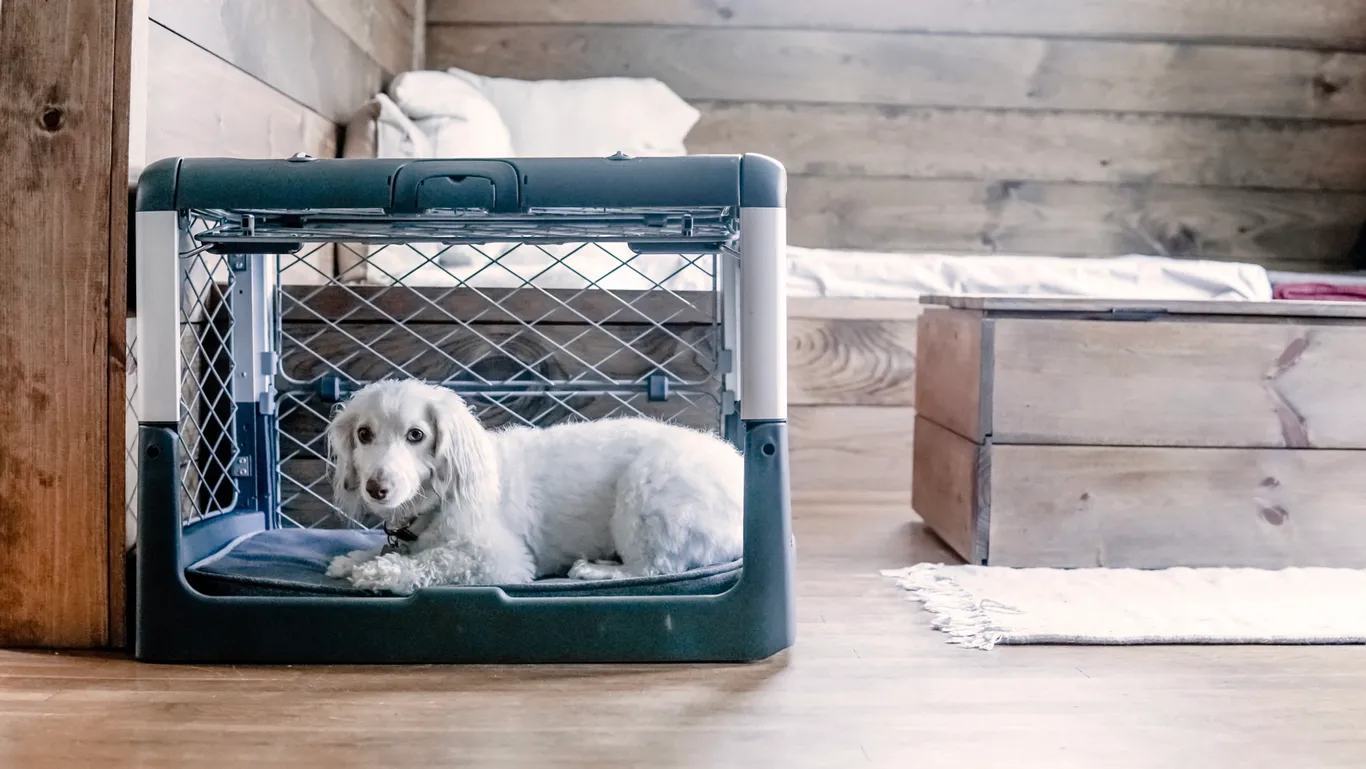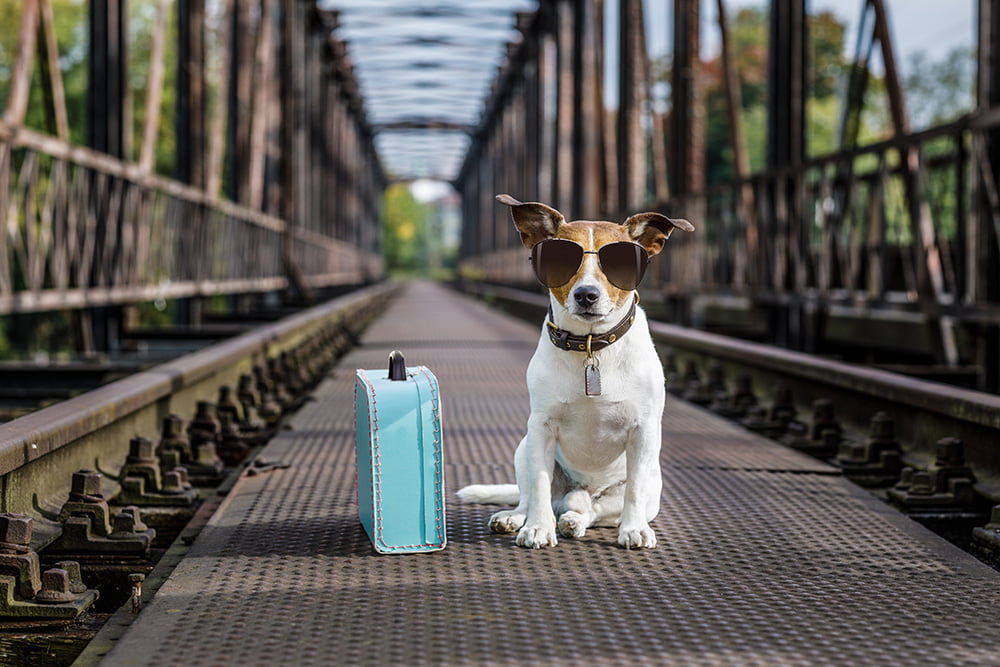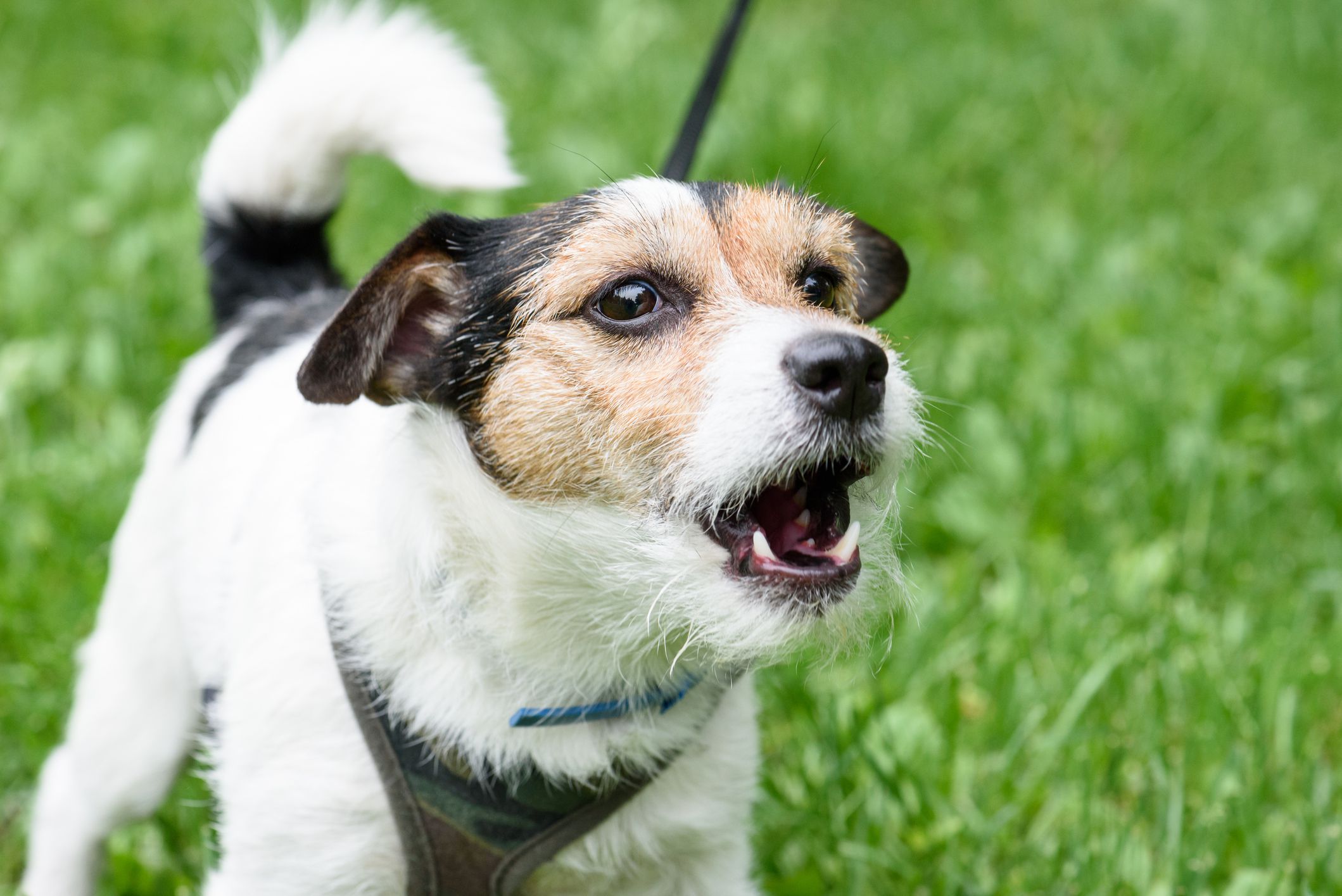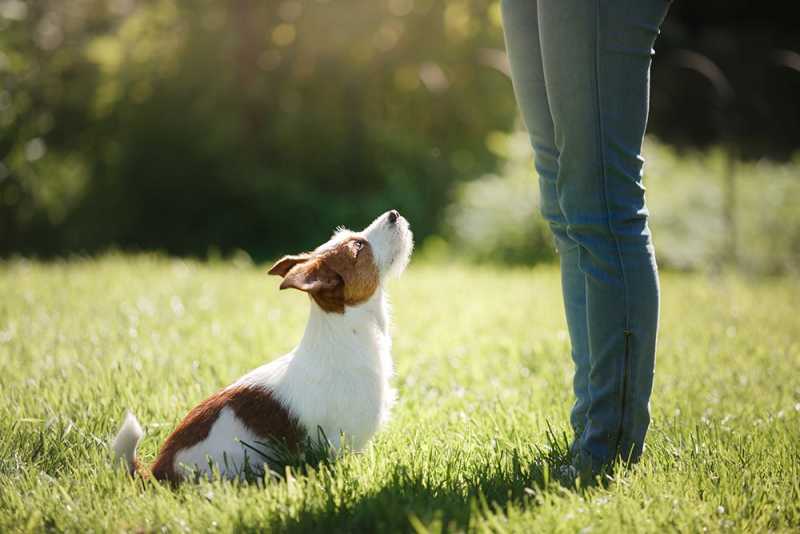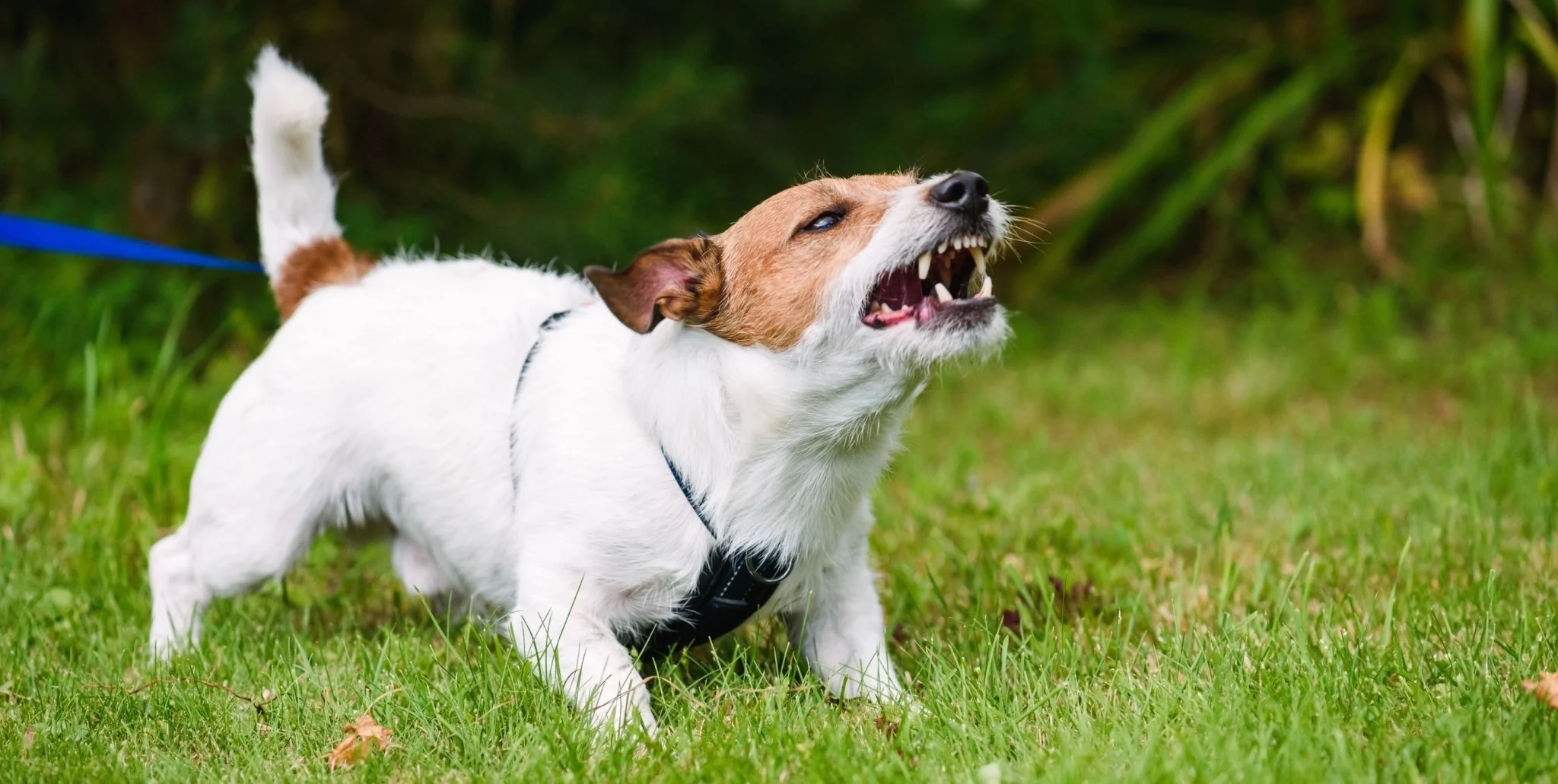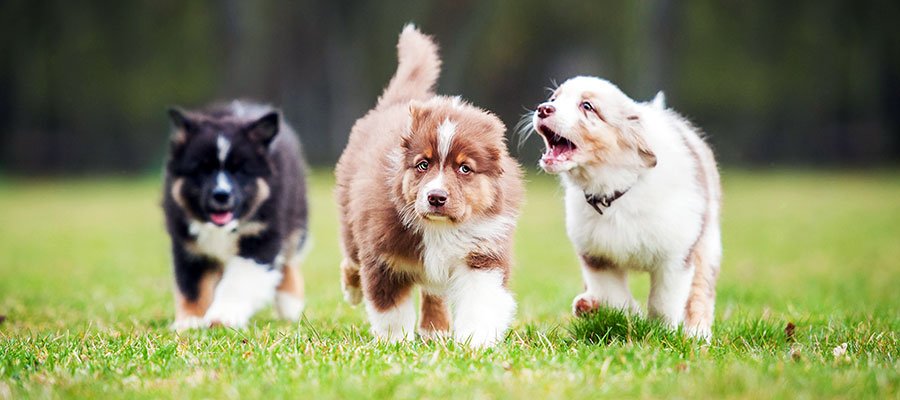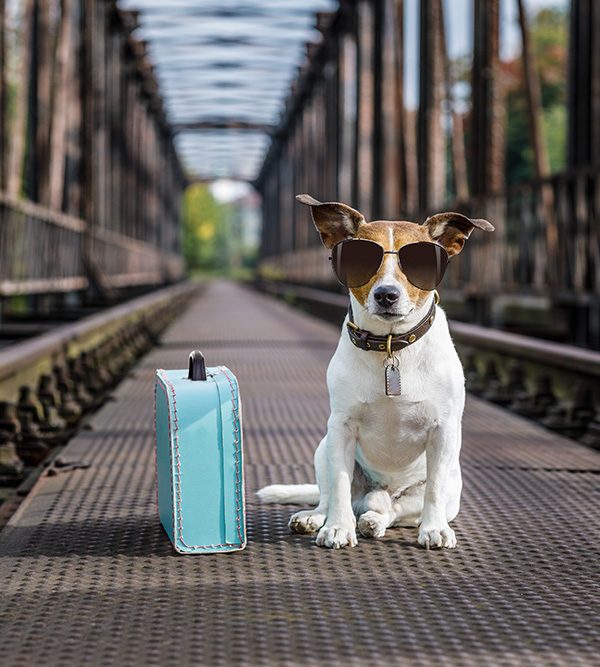Master the art of crate training your dog with our comprehensive guide, providing you with all the information and tips you need for successful training.
A Complete Guide for Successfully Crate Training Your Dog
Crate training is a valuable tool for dog owners that can provide numerous benefits for both you and your furry friend. When done correctly, crate training can create a safe and comfortable space for your dog, help with potty training, prevent destructive behaviors, and even alleviate separation anxiety. In this comprehensive guide, we will walk you through the steps of crate training your dog to ensure a successful and positive experience for both of you.
Here is a complete guide to crate training your dog:
- Choose the right crate. The first step in crate training is selecting the appropriate crate for your dog. The crate should be large enough for your dog to stand up, turn around, and lie down comfortably. However, it shouldn’t be too big that your dog can use one end as a bathroom and the other as a sleeping area. Opt for a crate made of sturdy materials with proper ventilation.
- Introduce the crate to your dog.Once you have the crate, it’s time to introduce it to your dog. Start by placing the crate in a common area of your home where your dog spends most of their time. Leave the door open and encourage your dog to explore the crate at their own pace. You can place treats or toys inside to make it more enticing. Allow your dog to go in and out of the crate freely without any pressure.
- Start by feeding your dog in the crate. This will help your dog associate the crate with positive experiences. Once your dog is comfortable eating in the crate, you can start closing the door for short periods of time.
- Leave your dog in the crate for short periods of time while you’re home. Start with just a few minutes, and gradually increase the amount of time your dog spends in the crate. Be sure to let your dog out before they start to get anxious or upset.
- When you’re not home, crate your dog. This will help prevent them from getting into trouble while you’re gone. If you’re going to be gone for an extended period of time, make sure to take your dog out before you leave and let them out again as soon as you get home.
- Be patient and consistent. Crate training takes time and patience. Don’t get discouraged if your dog doesn’t get it right away. Just keep at it, and eventually your dog will be a pro at crate training.
- Use a Command or Cue. Introduce a command or cue that signals to your dog that it’s time to enter the crate. This can be a simple phrase like “crate” or “go to bed.” Use the command consistently and reward your dog when they respond correctly. Eventually, your dog will associate the command with entering the crate willingly.
- Practice Alone Time. One of the main benefits of crate training is helping your dog feel comfortable being alone. Start by leaving your dog in the crate for short periods while you are at home but in another room. Gradually increase the time you spend away, making sure to return before your dog becomes anxious or stressed. This helps your dog build confidence and trust that you will always come back.
- Crate Training and Potty Training. Crate training can be a valuable tool for potty training your dog. Dogs naturally avoid soiling their sleeping area, so the crate can help teach them bladder control. Take your dog outside to eliminate before placing them in the crate, and immediately take them outside again once you let them out of the crate. Establish a consistent schedule for bathroom breaks to reinforce good potty habits.
- Never Use the Crate as Punishment. It’s crucial to remember that the crate should never be used as a form of punishment. The crate should always be associated with positive experiences and a safe space for your dog. Using it as a punishment can create fear or anxiety, which defeats the purpose of crate training.
- Gradual Independence. As your dog becomes more comfortable in the crate, gradually increase their independence by leaving them alone for longer periods. Start with short outings and gradually extend the time you spend away. This helps your dog develop confidence and trust in being alone without experiencing separation anxiety.
- Consistency is Key. Consistency is vital when crate training your dog. Stick to a routine, including regular feeding times, potty breaks, and crate time. Consistent use of commands and cues will help your dog understand what is expected of them. Remember to be patient and understanding throughout the process, as each dog learns at their own pace.
Additional tips
Here are some additional tips for crate training your dog:
- Don’t use the crate as punishment. If your dog does something wrong, don’t put them in the crate as a way to punish them. This will only make them associate the crate with negative experiences.
- Don’t leave your dog in the crate for too long. The maximum amount of time you should leave a dog in a crate is the number of hours they are old in months, plus one. So, a 3-month-old puppy should not be left in a crate for more than 4 hours at a time.
- Make sure the crate is in a quiet area of your home. Your dog should feel safe and secure in the crate.
- Put a comfortable bed or blanket in the crate. This will make the crate more inviting for your dog.
- Start crate training when your dog is young. It’s easier to train a puppy to be comfortable in a crate than an adult dog.
With patience and consistency, you can successfully crate-train your dog. A well-crate trained dog will be happy and comfortable in their crate, and they will be less likely to get into trouble when you’re not around.
Common mistakes
Here are some common mistakes to avoid when crate-training your dog:
- Forcing your dog into the crate. This will only make them afraid of the crate.
- Leaving your dog in the crate for too long. This can lead to accidents and behavioral problems.
- Not giving your dog enough time to adjust to the crate. It takes time for dogs to get used to being in a crate.
- Using the crate as punishment. This will only make your dog associate the crate with negative experiences.
If you follow these tips, you’ll be well on your way to successfully crate training your dog.

